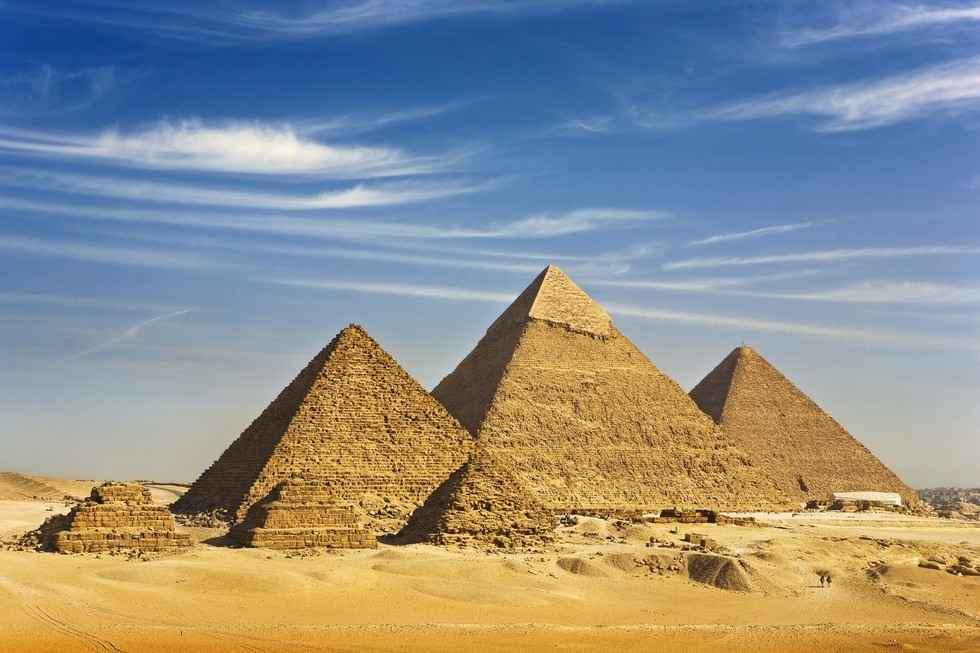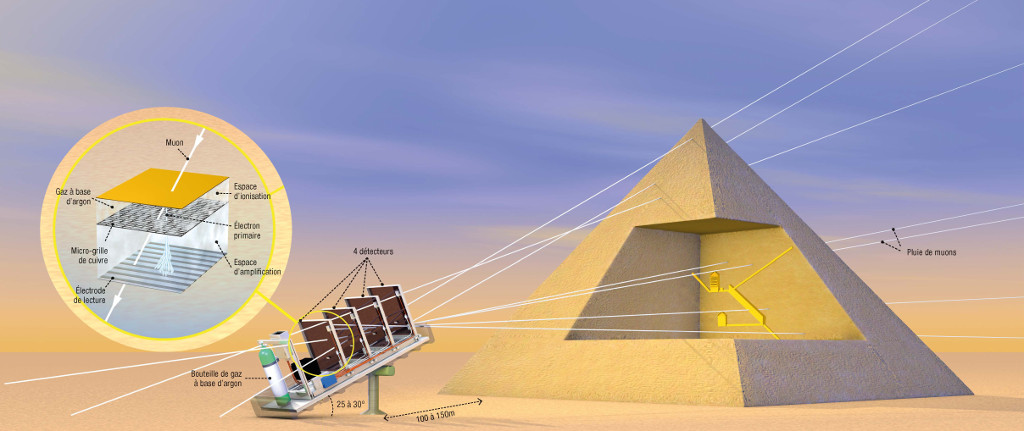 Can you imagine how exciting it would be to find a secret room in the wall of your house? Pretty exciting, right?
Can you imagine how exciting it would be to find a secret room in the wall of your house? Pretty exciting, right?
Now, imagine finding a secret room in one of the most iconic structures in the entire world: The Great Pyramid of Giza! This is exactly what a team of scientists has recently discovered.
Muon Radiography
One of the ancient wonders of the world, the Great Pyramid was built in 2509-2483 BC. Now, nearly 4,500 years later, scientists have made their latest discovery.
A team of scientists from Paris and Japan were using muon radiography to learn more about the Great Pyramid. Muon radiology is a technique which is used to sense density changes within rocks, similar to what x-rays do for humans.
 Muon radiography uses muons (heavier versions of the electrons in atoms), and shines it through rock structures. As muons pass through matter, they lose energy, meaning that you can expect less muons to come out from the other side.
Muon radiography uses muons (heavier versions of the electrons in atoms), and shines it through rock structures. As muons pass through matter, they lose energy, meaning that you can expect less muons to come out from the other side.
Imagine the scientists’ surprise when more muons began coming out from the other side of the Pyramid, indicating empty space in the middle of the Pyramid!
While scientists still aren’t quite sure what the void was used for, there are some theories. Some say the void was built to protect the delicate roof of the pyramid or to relieve pressure on the King’s chambers below. Some say it was merely used as a ramp to move the roof blocks into place and it was just left empty.
Either ways, this is, literally, a huge discovery that scientists are planning on researching more!









